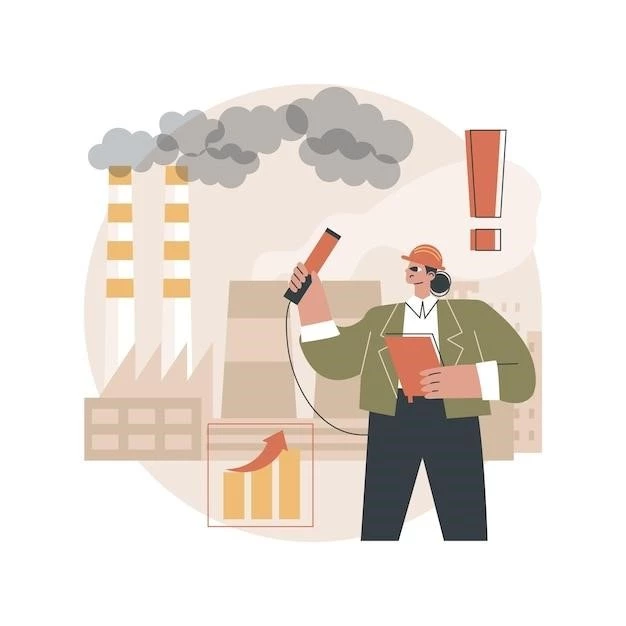Understanding Pneumoconiosis in Coal Workers
I. Causes of Coal Workers Pneumoconiosis
II. Symptoms of Black Lung Disease
III. Prevention Methods for Pneumoconiosis
IV. Treatment Options for Coal Miners Lung
V. Impact of Pneumoconiosis on Respiratory Health
VI. Occupational Safety Measures for Coal Workers
VII. Black Lung Disease in the Mining Industry
VIII. Research Developments in Pneumoconiosis
I. Causes of Coal Workers Pneumoconiosis
Coal workers pneumoconiosis is caused by prolonged exposure to coal dust particles during mining activities. Inhaling coal dust leads to the accumulation of particles in the lungs, triggering inflammation and scarring. Factors such as poor ventilation, inadequate dust control measures, and long work shifts contribute to the development of this occupational lung disease.
II. Symptoms of Black Lung Disease
Black lung disease, or coal workers pneumoconiosis, manifests with symptoms such as a persistent cough, shortness of breath, chest tightness, and fatigue. As the condition progresses, individuals may experience respiratory failure, weight loss, and cyanosis. Regular monitoring of symptoms and early diagnosis are crucial for managing the disease and improving the quality of life for affected coal miners.
III. Prevention Methods for Pneumoconiosis
Preventing pneumoconiosis involves implementing effective dust control measures in coal mines, ensuring proper ventilation systems, using personal protective equipment like respirators, and regular health screenings for coal workers. Education on the risks of coal dust exposure and promoting workplace safety practices are essential for reducing the incidence of this occupational lung disease. Additionally, adherence to regulations and guidelines for dust control and worker protection plays a crucial role in preventing pneumoconiosis among coal miners.
IV. Treatment Options for Coal Miners Lung
Treatment for coal miners lung focuses on managing symptoms and slowing disease progression. This may include medications to alleviate respiratory distress, oxygen therapy to improve breathing, pulmonary rehabilitation programs, and in severe cases, lung transplant as a last resort. It is essential for healthcare providers to work closely with patients to develop individualized treatment plans that address the specific needs and challenges associated with coal workers pneumoconiosis.
V. Impact of Pneumoconiosis on Respiratory Health
Pneumoconiosis can have a significant impact on respiratory health, causing irreversible lung damage, chronic breathing difficulties, decreased lung function, and in severe cases, respiratory failure. The progressive nature of the disease can lead to reduced quality of life, increased risk of respiratory infections, and long-term disability. Managing respiratory health through regular medical monitoring, symptom management, and lifestyle adjustments is crucial for individuals affected by pneumoconiosis.

VI. Occupational Safety Measures for Coal Workers
Implementing robust occupational safety measures is crucial for protecting coal workers from pneumoconiosis. This includes providing proper training on the hazards of coal dust exposure, ensuring the use of adequate personal protective equipment, maintaining effective ventilation systems in mines, conducting regular health screenings, and promoting a culture of safety awareness among workers. Compliance with safety protocols and regulations is essential for safeguarding the respiratory health of coal miners and preventing occupational lung diseases.
VII. Black Lung Disease in the Mining Industry
Black lung disease, or coal workers pneumoconiosis, remains a significant health concern in the mining industry. The high prevalence of this occupational lung disease among coal miners highlights the urgent need for improved safety measures, better dust control practices, and increased awareness of the risks associated with coal dust exposure. Addressing the impact of black lung disease on miners’ health requires a concerted effort from stakeholders to prioritize worker safety, enhance monitoring protocols, and enforce strict adherence to regulations to prevent further cases of pneumoconiosis.
VIII. Research Developments in Pneumoconiosis
Ongoing research in pneumoconiosis aims to improve diagnosis, treatment, and prevention strategies for coal workers affected by this occupational lung disease. Scientists are exploring innovative technologies for early detection of pneumoconiosis, developing new therapeutic interventions to alleviate symptoms and slow disease progression, and investigating the long-term impact of coal dust exposure on respiratory health. Collaborative research efforts between medical institutions, governmental agencies, and industry stakeholders are crucial for advancing our understanding of pneumoconiosis and enhancing outcomes for affected individuals.
